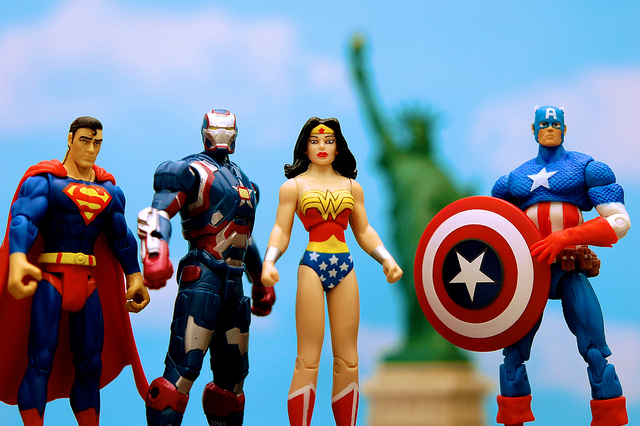This is another terrific article by Dean Wesley Smith, this time on how to make your stories visible: The New World of Publishing: Helping Readers Find Your Work.
The Plan:
1. Pick a genre.
2. Write one short story a week.
3. Each short story should be around 5,000 words.
4. Brand each book.
5. Publish each short story as an ebook and charge $2.99.
6. Every 5 weeks bundle 5 stories together into a collection. Sell this collection as both an ebook and a POD book. Sell the ebook for $6.99 and the POD book for $12.99.
If you take DWS's advice at the end of the year you'll have 52 short stories and 10 collections.
Not bad!
How To Make A Living Writing Short Stories
Dean Wesley Smith writes that the key to selling books is threefold: Produce a professional looking book, brand each book and have many titles available for purchase.
Produce a professional looking book
There are hundreds of articles out there on what it means to produce a professional looking book and how you can do that so I won't cover it again here. (If you're looking for some help, here's an article on where to find cover artists.)
Make sure each book looks professional, has a good description, has appropriate keywords and has been slotted in the right category.
Brand each book
A brand is the "name, term, design, symbol, or any other feature that identifies one seller's product distinct from those of other sellers" (Wikipedia).
I'm not going to talk much about branding because there are oodles of great articles out there (for instance, Why Content Marketing is the New Branding).
Especially in this case, a picture really is worth a thousand words. Look at Dean Wesley Smith's Books. (Note: You might have to scroll down the page.) Notice how his name is laid out in the same way on each book; the same styling, the same font.
DWS writes that you want all your books, especially the ones in a series, to look similar. Also, make sure that the cover conveys a sense of the genre you're writing in. Think of the cover of your average romance book and contrast that with horror.
Have many titles available for purchase
That is, have many titles under the same name (/pen name) and genre available for purchase. If you write everything from romance to horror under the same name (/pen name) make sure that the books within each genre are branded distinctively.
How many books should one have for sale? DWS says: It depends. Between 10 and 50, give or take. (grin)
And remember, that's 10 to 50 books within the same genre written by the same author (/pen name).
# # #
The above represents only a portion of his article, I recommend heading on over to DWS's blog and reading the whole thing.
Cheers!
Photo credit: "Happy Fourth of July 2013!" by JD Hancock under Creative Commons Attribution 2.0.



